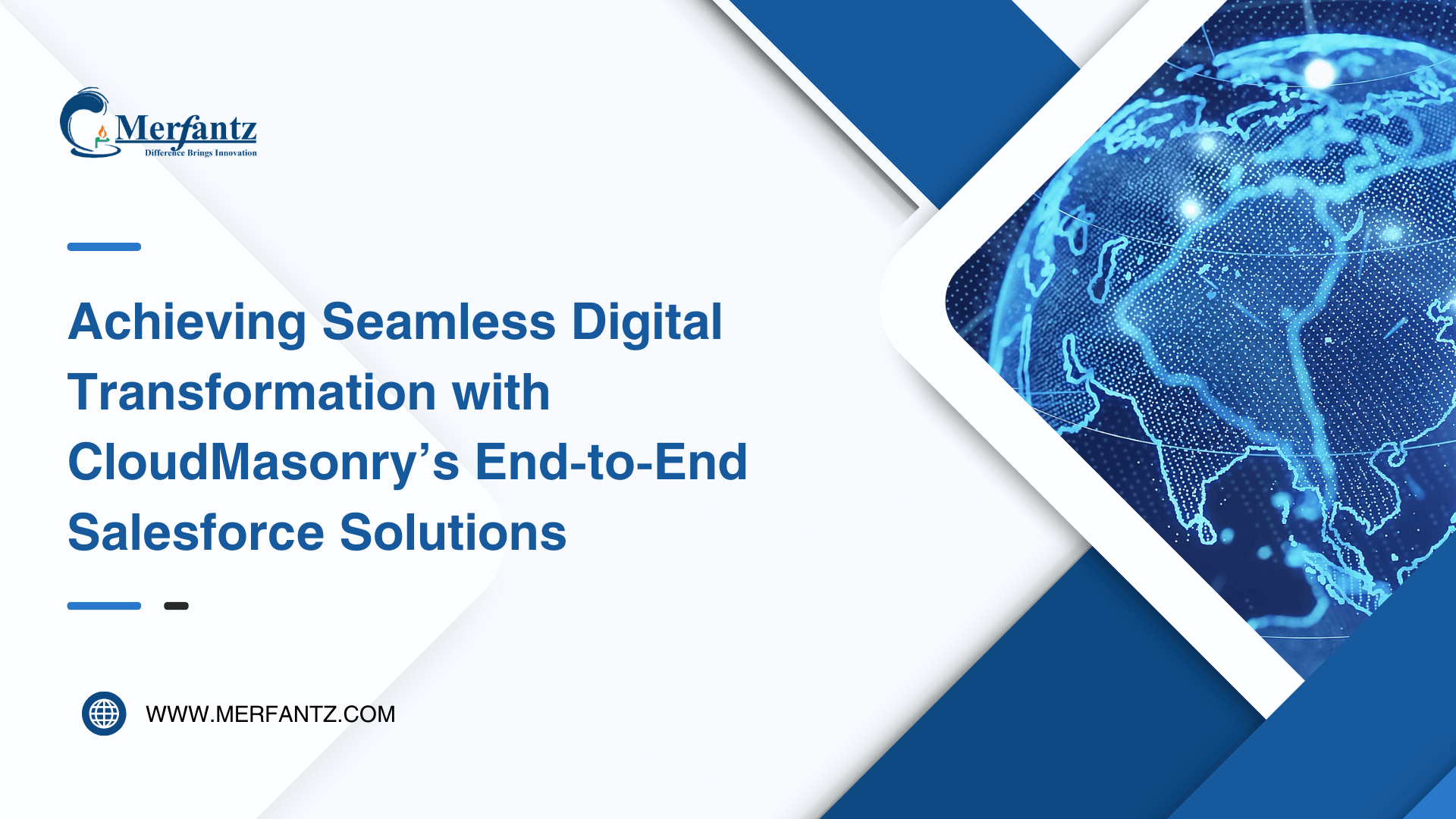
Did you know 70% of tech-driven business overhauls fail to meet their goals? This staggering statistic reveals why companies need more than flashy tools to stay competitive. CloudMasonry’s approach bridges this gap by aligning technology with customer-centric strategies that deliver measurable outcomes.

Modern organizations face a critical challenge: adapting to evolving markets while maintaining meaningful connections with their audience. It’s not just about upgrading systems—it’s about rethinking how every team collaborates and interacts with clients. Successful evolution requires a blend of innovative platforms and cultural shifts.
This guide unveils proven methods for integrating solutions across your entire operation. You’ll learn how leading brands streamline workflows while deepening client relationships. From initial planning to long-term growth strategies, we break down the essentials for sustainable progress in today’s fast-paced environment.
Key Takeaways
- Tech upgrades must align with customer needs to drive real business value
- Cultural adaptation proves just as vital as new software implementation
- End-to-end integration eliminates operational silos and boosts efficiency
- Client engagement strategies directly impact transformation success rates
- Scalable solutions future-proof organizations against market shifts
Introduction: The Evolution of Digital Transformation
Businesses today face a make-or-break reality: adapt or get left behind. While 83% of leaders agree technology drives growth, only 23% see measurable results from their tech investments. This gap shows why strategic evolution matters more than ever.
Defining Modern Business Evolution
True progress isn’t about swapping paper for pixels. It’s rethinking how teams solve problems and serve people. Imagine replacing clunky spreadsheets with smart apps that predict client needs before they ask.
Startups now skip outdated methods entirely. They build workflows around customer behaviors from day one. This approach eliminates costly reworks and keeps teams aligned with market shifts.
Catalysts for Meaningful Change
CloudMasonry helps companies bridge today’s needs with tomorrow’s possibilities. Their tools break down walls between departments, creating fluid collaboration. Teams share real-time insights instead of hoarding data in silos.
Three key advantages set successful organizations apart:
- Customer-first design in every process
- Flexible systems that grow with demand
- Cross-team transparency through shared platforms
These principles turn disjointed efforts into cohesive strategies. The result? Businesses that pivot faster than competitors while maintaining strong client relationships.
Understanding the Digital Transformation Landscape
Organizations often mistake digitization for transformation, creating gaps in their modernization efforts. To bridge this divide, leaders must recognize three distinct phases of tech adoption. Each stage builds on the last, but only the final one reshapes how companies operate and compete.
Comparing Digitization, Digitalization, and Transformation
Let’s break down these often-confused concepts. Digitization converts physical records into digital formats – think scanning paper invoices. Digitalization uses those files to improve existing workflows, like automating payment approvals.
True transformation occurs when businesses reimagine operations. One retail chain replaced static catalogs with AI-powered recommendation engines, boosting sales by 34%. This shift required new roles, metrics, and client interaction models.
Adapting to Evolving Customer Expectations
Modern buyers demand more than transactional relationships. Over 50% expect companies to anticipate their needs through smart technology use. A bank that introduced 24/7 chatbot support saw customer satisfaction jump 41% in six months.
Three critical expectations now dominate:
- Instant access across web, mobile, and in-person channels
- Personalized offers based on purchase history
- Consistent experiences at every touchpoint
Businesses meeting these standards build loyalty that survives market shifts. The key lies in aligning tech upgrades with human needs rather than chasing trends.
Salesforce Digital Transformation: Core Best Practices
Businesses thrive when information flows freely across teams, yet many struggle with disconnected tools. Modern operations demand unified approaches where marketing, sales, and support share real-time insights. This shift turns social channels into multi-purpose hubs that resolve issues while gathering valuable client feedback.

Seamless Integration of Data and Systems
Breaking down departmental barriers starts with connected platforms. One healthcare provider merged patient records with appointment scheduling, reducing wait times by 28%. Their secret? A central hub that updates all teams simultaneously.
Three strategies ensure smooth transitions:
- Automated data syncs between legacy software and new tools
- Role-based dashboards showing relevant metrics for each team
- Unified customer profiles tracking interactions across channels
These methods prevent service gaps and duplicate efforts. When a retail chain linked inventory systems to online orders, they cut shipping errors by 41%.
Consistent information matters most. Regular audits keep records accurate, while AI flags discrepancies instantly. This approach builds trust through reliable experiences at every touchpoint.
Embracing End-to-End Salesforce Solutions
Modern enterprises succeed when their tools evolve as quickly as their markets. Integrated platforms break down barriers between departments, creating fluid workflows that adapt to shifting demands. This approach turns fragmented operations into cohesive engines for growth.
The Impact of Cloud-Based Integration on Business Processes
Centralized systems give teams instant access to critical resources. Employees update client records from mobile devices while managers track progress through real-time dashboards. Three key benefits emerge:
- 24/7 data access across locations and devices
- Automated updates eliminating manual entry errors
- Cross-department visibility into shared goals
A logistics company reduced shipment delays by 37% after connecting warehouse scanners to inventory apps. Their drivers now reroute deliveries using live traffic updates.
Leveraging AI and Analytics for Enhanced Insights
Smart tools uncover hidden opportunities in everyday operations. Machine learning analyzes customer interactions to predict which promotions drive repeat purchases. For example, AI might reveal that bundling office supplies with tech support increases order values by 22%.
Practical implementation steps include:
- Start with focused pilots in high-impact areas
- Train teams through interactive simulations
- Measure results against clear benchmarks
These strategies help organizations adopt advanced technology without disrupting workflows. The result? Actionable insights that fuel smarter decisions at every level.
Implementing SMAC Technologies for a Competitive Edge
Companies that master interconnected systems outpace rivals by 3x in market responsiveness. SMAC—social, mobile, analytics, and cloud—creates a unified framework for smarter operations. These four pillars work together to reshape how organizations connect, analyze, and scale.
Harnessing Social, Mobile, Analytics, and Cloud for Transformation
Social platforms break communication barriers between teams and clients. A restaurant chain used live chat support to resolve complaints 58% faster. Mobile access lets employees update records from job sites while customers track orders in real time.
Analytics turn mountains of raw numbers into clear roadmaps. One manufacturer reduced waste by 19% after identifying production bottlenecks through machine learning. Cloud storage eliminates costly server maintenance while scaling resources as needs change.
Three implementation steps deliver results:
- Start small: Pilot mobile tools in one department before company-wide rollout
- Connect systems: Ensure social platforms share data with analytics dashboards
- Train continuously: Update teams on new features through bite-sized tutorials
These approaches help businesses stay agile. When systems talk to each other, teams spot trends faster and serve clients better. The right mix of technologies builds resilience against market shifts while keeping operations lean.
Customer-Centric Strategies in the Digital Age
Modern consumers wield more power than ever, with 80% equating service quality to product value. To thrive, businesses must reorient operations around human needs rather than internal processes. This shift demands more than surface-level adjustments—it requires reimagining every client interaction.

Building Personalized Journeys for Enhanced Engagement
Personalization drives loyalty. Consider this: 73% of shoppers actively choose brands that tailor experiences. A travel agency increased repeat bookings by 29% after implementing AI-driven vacation recommendations based on past trips.
Three proven methods create meaningful connections:
- Map touchpoints: Chart every interaction from first click to post-purchase follow-up
- Analyze behavior patterns: Use purchase history to predict future needs
- Empower teams: Equip staff with real-time insights to resolve issues proactively
Innovation remains crucial—57% of buyers prioritize cutting-edge approaches. One retailer introduced augmented reality fitting rooms, reducing returns by 18%. These strategies turn casual buyers into brand advocates through memorable, need-focused experiences.
Success lies in balancing technology with empathy. When systems anticipate preferences while teams deliver genuine care, businesses build relationships that withstand market changes. Start small: test one personalized campaign, measure impact, then scale what works.
Optimizing Internal Processes and Employee Engagement
Modern workplaces face a silent productivity killer: outdated systems that frustrate tech-savvy teams. When employees struggle with clunky tools, business outcomes suffer. Forward-thinking companies now prioritize workflows that mirror the seamless tech experiences people use daily.
Fostering a Digital-First Workforce
Millennials expect workplace tools to match their personal tech standards. A survey shows 68% of younger workers consider quitting if their job tech feels outdated. Smart organizations address this by providing intuitive platforms that simplify collaboration and data access.
Three strategies create thriving teams:
- Cloud-based hubs letting employees work securely from any device
- Automated workflows replacing time-consuming manual tasks
- Interactive training through bite-sized video tutorials
These approaches free up 9 hours weekly per employee for customer-focused work. One insurance firm reduced paperwork by 73% after adopting mobile-friendly forms, allowing agents to spend more time building client relationships.
Empowered teams drive better results. When staff can quickly find information and resolve issues, job satisfaction rises. This directly impacts service quality—companies with engaged employees see 41% higher customer retention rates.
Seamless Integration and Future-Proofing Your Business
Legacy systems cost U.S. companies $1.8 trillion annually in lost productivity. Breaking free from outdated tools requires more than temporary fixes—it demands strategic reinvention of your technical foundation. Modern platforms empower teams to build custom solutions while preserving existing investments.
Overcoming Legacy System Barriers with Innovative Tools
Visual development platforms eliminate coding bottlenecks. Users create workflow apps through drag-and-drop interfaces, bypassing complex programming. One logistics firm built a shipment tracker in 3 days instead of hiring developers for 6 weeks.
Three features make these tools game-changers:
- Pre-built templates for common business needs
- Real-time collaboration across departments
- Automatic updates that maintain system compatibility
Scaling Operations with End-to-End Solutions
Growth-ready platforms combine APIs, analytics, and cloud storage into unified ecosystems. Teams access customer data from CRMs while managing inventory through connected apps. This approach helped a healthcare provider reduce patient wait times by 33%.
Follow these steps to ensure smooth scaling:
- Audit existing systems for integration points
- Prioritize high-impact workflows for modernization
- Implement monitoring tools to track performance
Proper infrastructure planning protects your tech investments. Modular designs let businesses add features as needs evolve, avoiding costly overhauls. The result? Systems that adapt faster than market demands.
Conclusion
The future belongs to organizations that treat technology as a bridge, not a destination. Leaders who prioritize customer needs over outdated processes unlock unprecedented potential. Research confirms that thriving businesses evolve faster by breaking bureaucratic chains and realigning their entire strategy around human connections.
Success in today’s market demands more than tools—it requires reinventing how teams collaborate and innovate. Companies adopting this mindset see 3x faster decision-making and 40% higher client retention. They replace rigid hierarchies with fluid workflows that adapt to shifting demands.
True transformation happens when leaders empower teams to experiment while keeping goals customer-focused. Start small: test one process improvement, measure its impact, then scale what works. This approach builds resilience against disruptions while fostering a culture of continuous growth.
Your business already has the ingredients for breakthroughs. Combine clear vision with adaptable systems, and watch innovation flourish. The next chapter of progress begins with a simple choice: evolve fearlessly or risk becoming obsolete.
FAQ
What’s the difference between digitization and digital transformation?
How do cloud-based tools improve business agility?
Why is personalization critical in customer strategies today?
Can legacy systems coexist with new technologies?
How does AI enhance decision-making in businesses?
What role do employees play in digital adoption?
What are SMAC technologies, and why are they important?
Author Bio
Co-Founder & CMO at Merfantz Technologies Pvt Ltd | Marketing Manager for FieldAx Field Service Software | Salesforce All-Star Ranger and Community Contributor | Salesforce Content Creation for Knowledge Sharing





